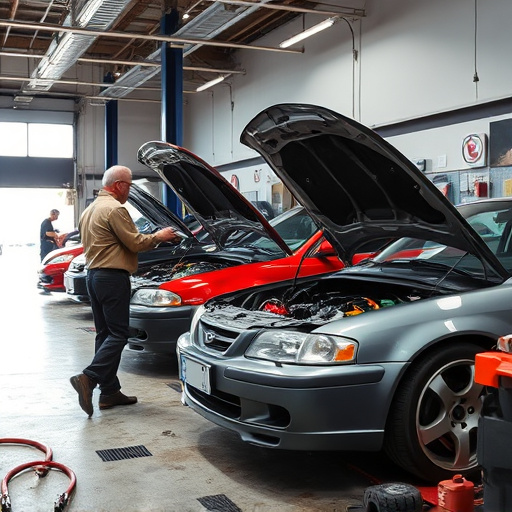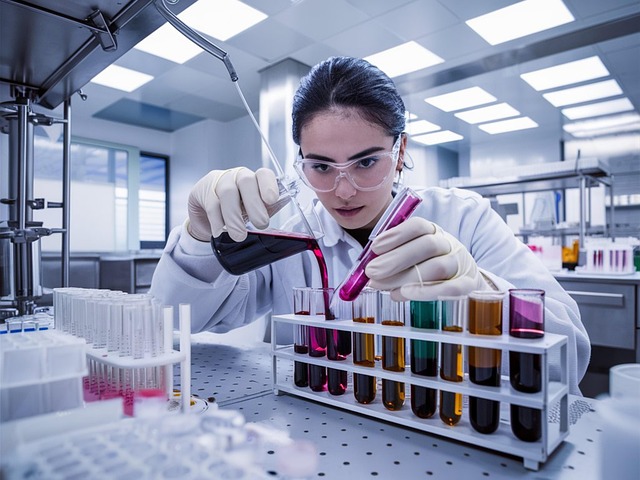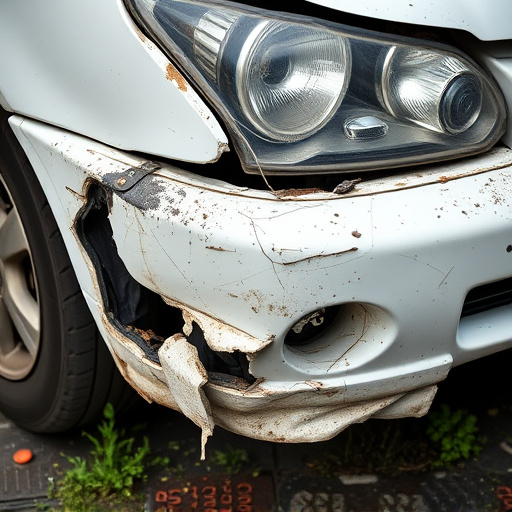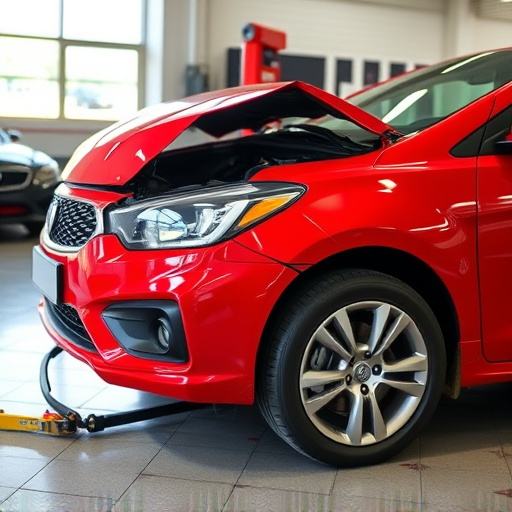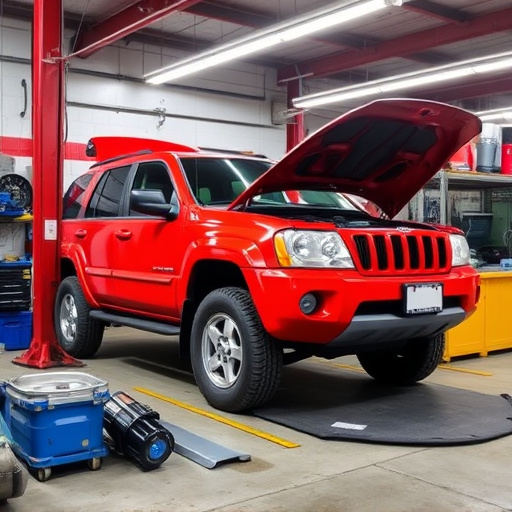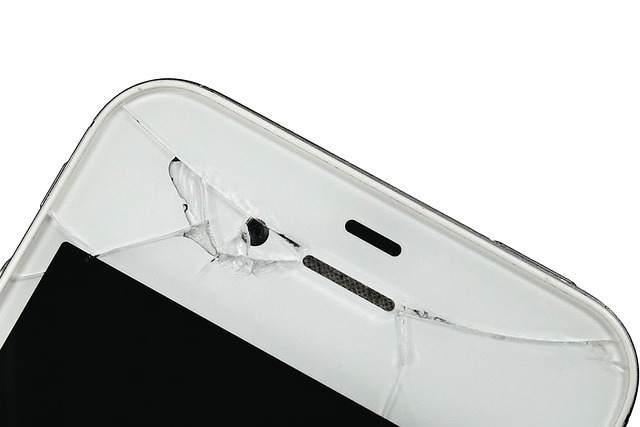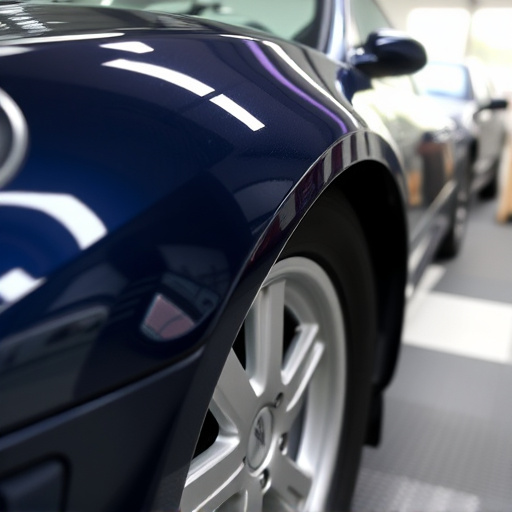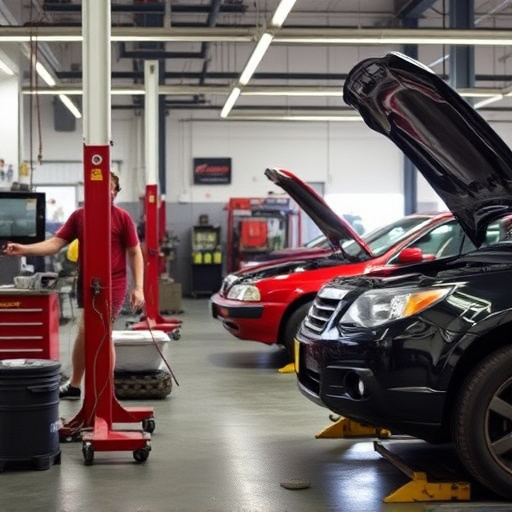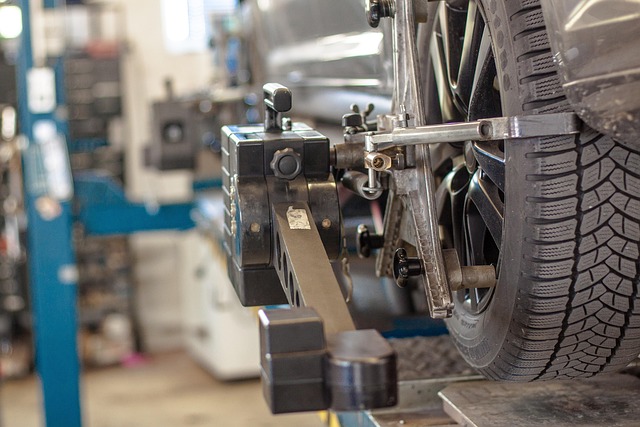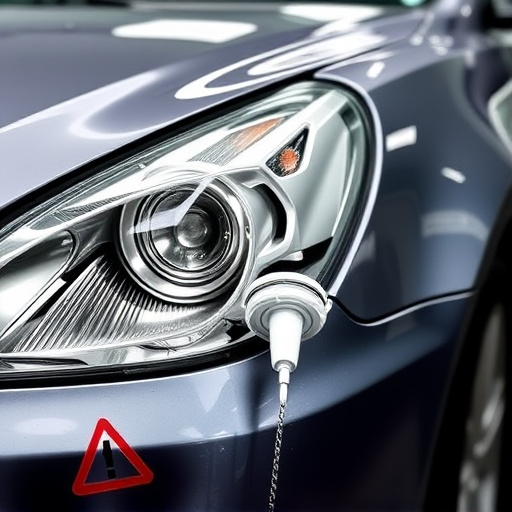Tesla's rigorous repair quality control involves detailed documentation, certified centers, and performance testing. Reputable shops ensure proficiency in model-specific repairs with precise scratch removal and autobody work. After repair, skilled technicians perform handling, acceleration tests, while meticulous visual inspections guarantee straight lines, color consistency, and defect-free paint jobs for optimal Tesla standards and safety.
Verify the quality of your Tesla repairs with these essential steps. This guide walks you through understanding Tesla’s rigorous quality control (QC) processes, inspecting detailed repair documentation and records, and testing vehicle performance post-repairs. By following these procedures, ensure your Tesla remains in top condition, maintaining safety and optimal performance after service. Learn how to navigate the QC checklist and confirm repairs meet Tesla’s high standards.
- Understanding Tesla's Quality Control Processes
- Inspecting Repair Documentation and Records
- Testing Vehicle Performance After Repairs
Understanding Tesla's Quality Control Processes
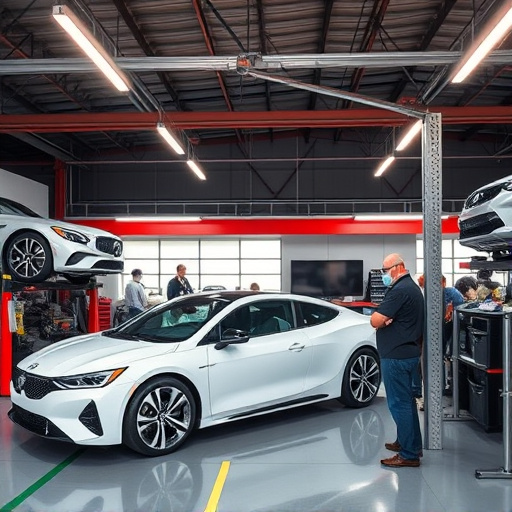
Tesla, being a pioneer in electric vehicle technology, places a high emphasis on maintaining exceptional standards throughout its entire production and after-sales process. Understanding their quality control (QC) processes for repairs is crucial when ensuring the integrity of your vehicle. Tesla’s QC procedures are designed to guarantee that every repair, from minor fixes to extensive car body restoration, meets their stringent criteria.
The company has developed a comprehensive system that involves rigorous inspections and testing at various stages of the repair process. This includes meticulous checks on both structural integrity and aesthetic precision. Every auto repair shop authorized by Tesla must adhere to these protocols, ensuring that automotive body work is not just functional but also aligns with the brand’s commitment to quality and customer satisfaction.
Inspecting Repair Documentation and Records

When verifying Tesla repair quality control, one crucial step is to thoroughly inspect the repair documentation and records. This includes reviewing detailed work orders that outline the scope of repairs, parts used, labor costs, and estimated completion times. These documents serve as a tangible record of the entire repair process, providing valuable insights into how closely the collision or autobody repairs adhered to Tesla’s rigorous standards.
Additionally, checking the history of the repair center itself is essential. Reputable collision repair centers maintain meticulous records, including certifications, training verification, and customer feedback. By examining these, you can gauge their proficiency in handling Tesla models specifically, with a focus on ensuring precise scratch repair and other intricate autobody repairs. This due diligence helps ensure that the vehicle receives the level of care and attention required to match Tesla’s renowned quality control standards.
Testing Vehicle Performance After Repairs

After a Tesla repair, one of the most crucial steps in verifying quality control is testing the vehicle’s performance. This involves taking the car for a thorough drive to assess its handling, acceleration, and overall dynamics. Skilled technicians will check for any unusual noises, vibrations, or changes in driving behavior that might indicate lingering issues from the initial repair or misalignment during the fixing process.
In cases like a fender bender or extensive vehicle restoration, where car paint services are involved, visual inspections become equally vital. This includes checking for straight lines in the paint job, color consistency, and the absence of any visible defects or touch-up mistakes. Such meticulous testing ensures not just that the repair meets Tesla’s high standards but also guarantees a safe and satisfying driving experience for the vehicle’s owner.
To ensure Tesla repair quality control was followed, understanding their processes, inspecting documentation, and testing vehicle performance are crucial steps. By verifying these aspects, owners can have confidence in the repairs, knowing their vehicles meet Tesla’s high standards. Implementing these practices promotes transparency and reinforces the reliability of Tesla’s service network.
